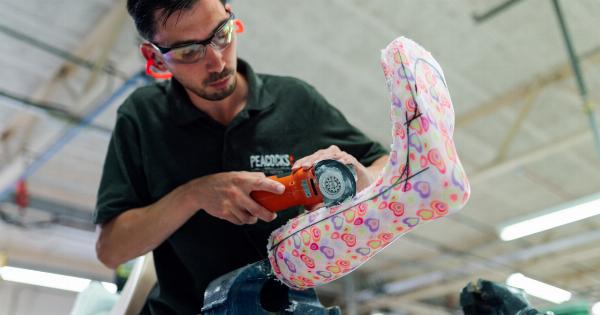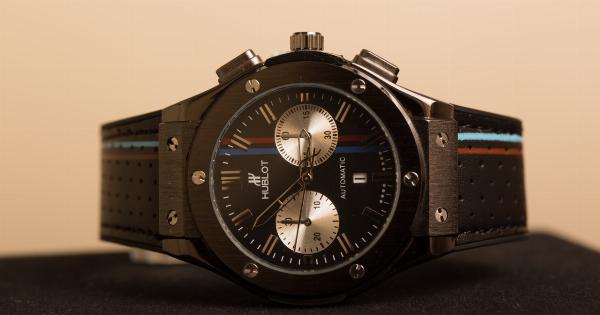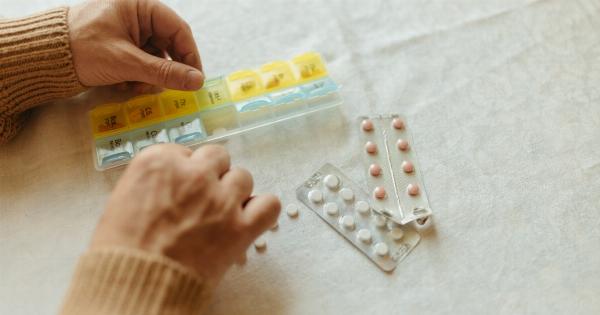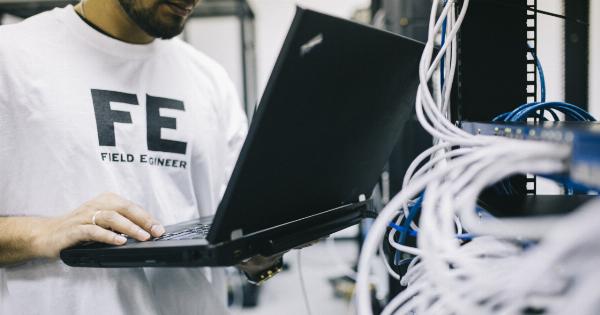Pacemakers are devices that are implanted in the body to regulate the heart’s rhythm. These devices require regular replacement surgeries due to the limited battery life.
However, recent advancements in technology have paved the way for pacemakers that can be continuously charged, eliminating the need for replacement surgeries. This breakthrough has the potential to revolutionize the field of cardiac medicine and greatly improve the quality of life for patients.
How do pacemakers work?
Pacemakers are small electronic devices that use electrical pulses to regulate the heart’s rhythm. They are typically used to treat conditions such as bradycardia, which is a slow heart rate.
Pacemakers consist of two main components: a pulse generator and one or more leads. The pulse generator contains a battery, electronic circuits, and a microprocessor that controls the timing and strength of the electrical pulses.
The leads are thin wires that are threaded through veins into the heart and deliver the electrical pulses to stimulate the heart muscle.
The need for pacemaker replacement
One of the major drawbacks of traditional pacemakers is the limited battery life. The batteries in these devices typically last between five to ten years, depending on the individual’s heart rate and the settings of the pacemaker.
Once the battery is depleted, a surgical procedure is required to replace the pacemaker with a new one. This replacement surgery carries its own set of risks and complications, including infection, bleeding, and damage to the surrounding tissues.
The breakthrough in continuous charging
Recent advancements in pacemaker technology have made it possible to continuously charge these devices, eliminating the need for replacement surgeries. The idea behind continuous charging is to harness the body’s own energy to power the pacemaker.
This is achieved through wireless charging systems that can be implanted in the body and wirelessly connect to an external power source.
Wireless charging systems for pacemakers
Wireless charging systems for pacemakers utilize the principles of electromagnetic induction to transfer power wirelessly.
These systems consist of an internal charging coil that is implanted near the pacemaker and an external charging coil that is placed on the skin’s surface. When the external coil is energized with an alternating current, it creates a magnetic field that induces a current in the internal coil, effectively charging the pacemaker’s battery.
Advantages of continuous charging
The continuous charging of pacemakers offers several advantages over traditional battery-powered devices. Firstly, it eliminates the need for replacement surgeries, thereby reducing the risks and complications associated with these procedures.
This is particularly beneficial for elderly patients or those with underlying health conditions who may be more prone to complications.
Secondly, continuous charging ensures that the pacemaker always has sufficient power to function effectively.
Traditionally, there is a risk of the battery running out before the replacement surgery, which can lead to a life-threatening situation if the pacemaker fails to deliver the necessary electrical pulses. With continuous charging, this risk is eliminated, providing peace of mind for both the patients and their healthcare providers.
Moreover, continuous charging allows for greater flexibility in pacemaker programming.
Since the devices no longer need to conserve battery power, healthcare professionals can adjust the settings of the pacemakers to better suit the individual patient’s needs. This customization can result in improved cardiac function and overall well-being for the patients.
Challenges and limitations
While the concept of continuous charging for pacemakers is promising, there are still some challenges and limitations that need to be addressed. One of the main challenges is the size and placement of the charging coil.
The coil needs to be small enough to be implanted near the pacemaker but also capable of efficiently receiving power wirelessly. Furthermore, the coil should be placed in an area that maximizes the power transfer while minimizing interference from surrounding tissues.
Another challenge is the efficiency of power transfer. The current wireless charging systems for pacemakers have an efficiency of around 70-80%, which means that a significant amount of power is lost during the charging process.
Researchers are continuously working on improving the efficiency of these systems to ensure that the pacemakers receive sufficient power for optimal performance.
The future of pacemaker technology
The continuous charging of pacemakers is just one of the many advancements in pacemaker technology.
Researchers are also exploring other innovative solutions, such as self-powered pacemakers that generate electricity from the heart’s own movements and energy harvesting techniques that utilize various sources of energy within the body.
These advancements hold great promise for the future of pacemaker technology. They have the potential to transform the way pacemakers are powered and open up new possibilities for treating various cardiac conditions.
With continuous charging, pacemakers may become more reliable, longer-lasting, and customizable to individual patient needs.
Conclusion
The continuous charging of pacemakers is a revolutionary breakthrough that has the potential to eliminate the need for replacement surgeries.
This technology harnesses the body’s own energy and wirelessly charges the pacemaker’s battery, ensuring that it always has sufficient power to function effectively.
While there are still challenges and limitations to overcome, continuous charging offers numerous advantages over traditional battery-powered pacemakers, including reduced risks and complications, greater flexibility in programming, and improved patient outcomes. As researchers continue to push the boundaries of pacemaker technology, we can look forward to a future where cardiac patients benefit from longer-lasting, more reliable, and highly efficient pacemakers.






























